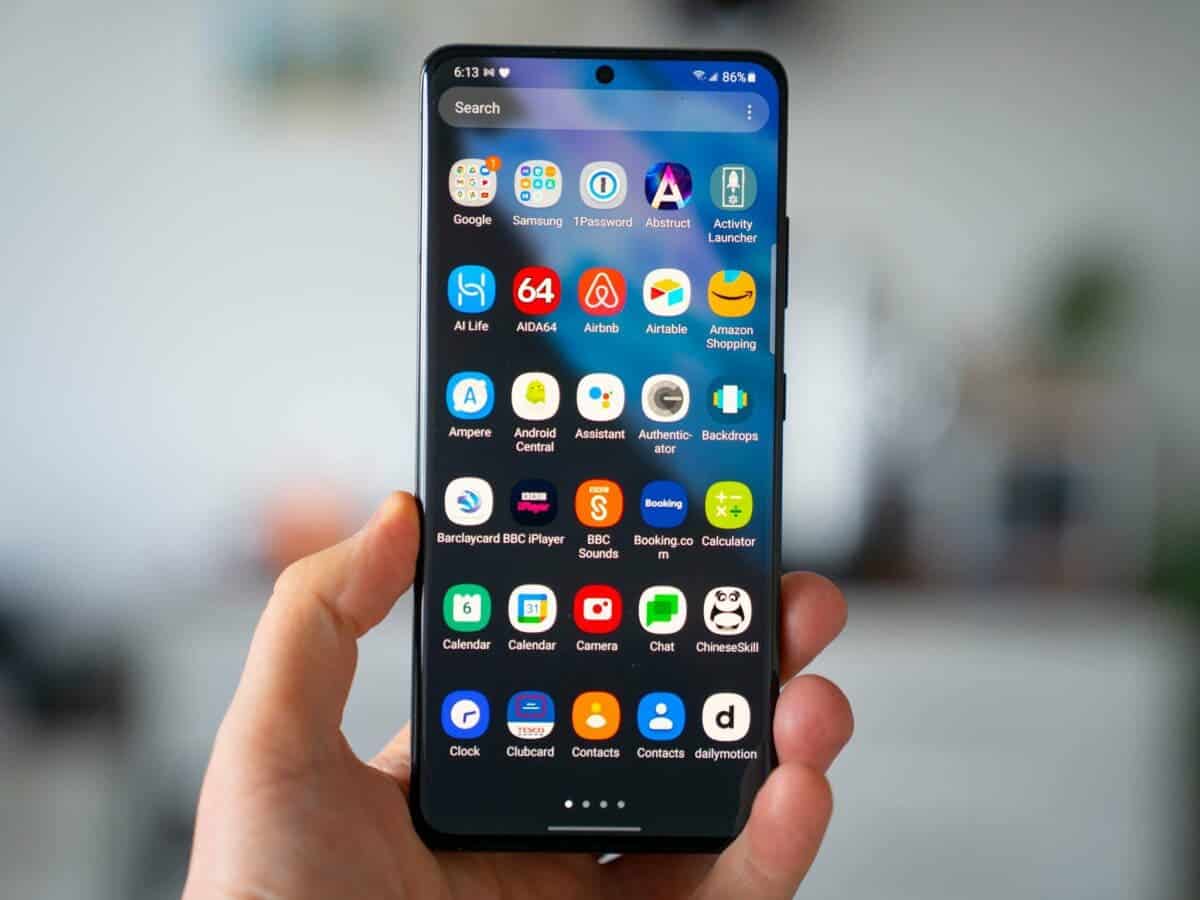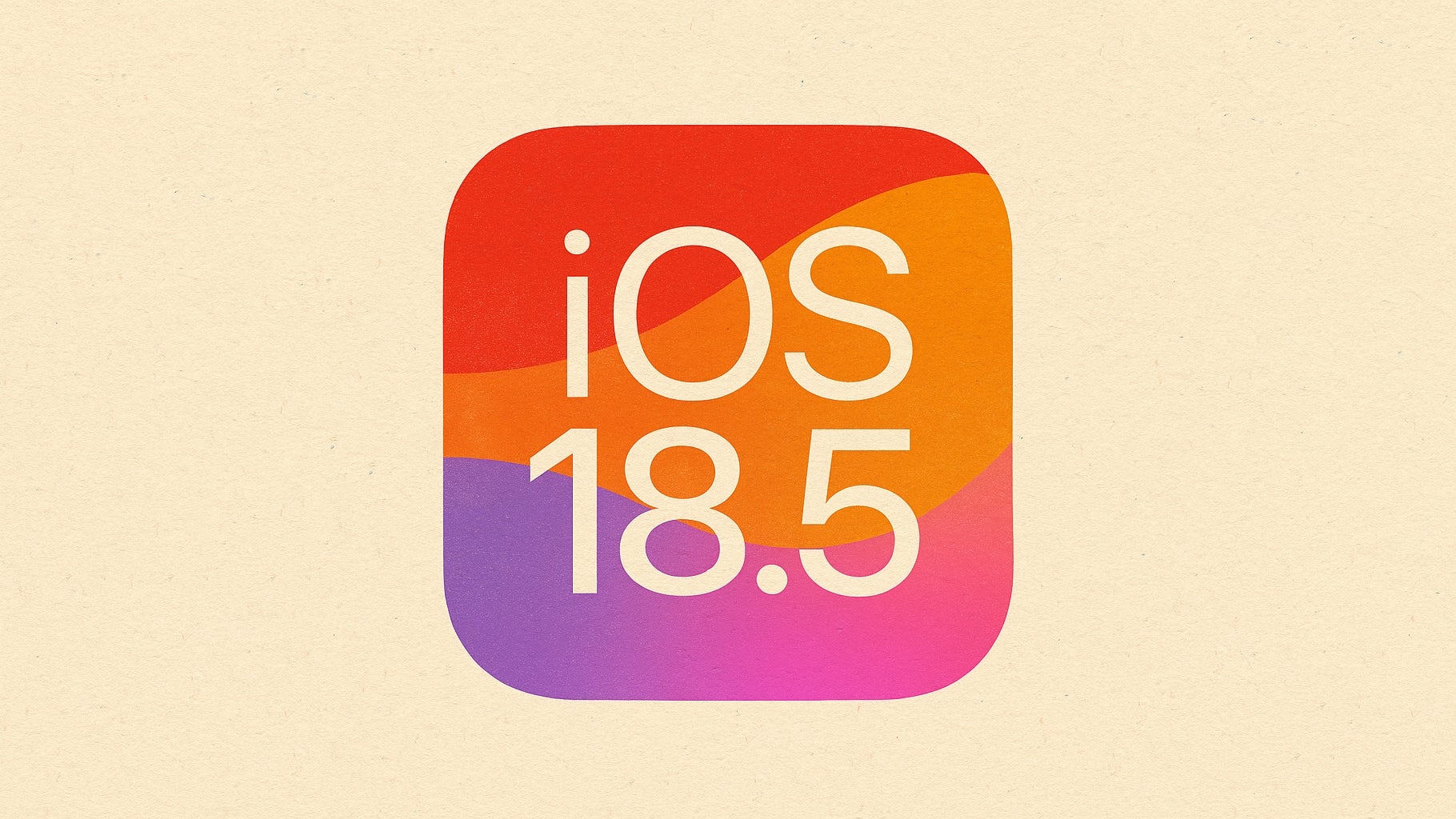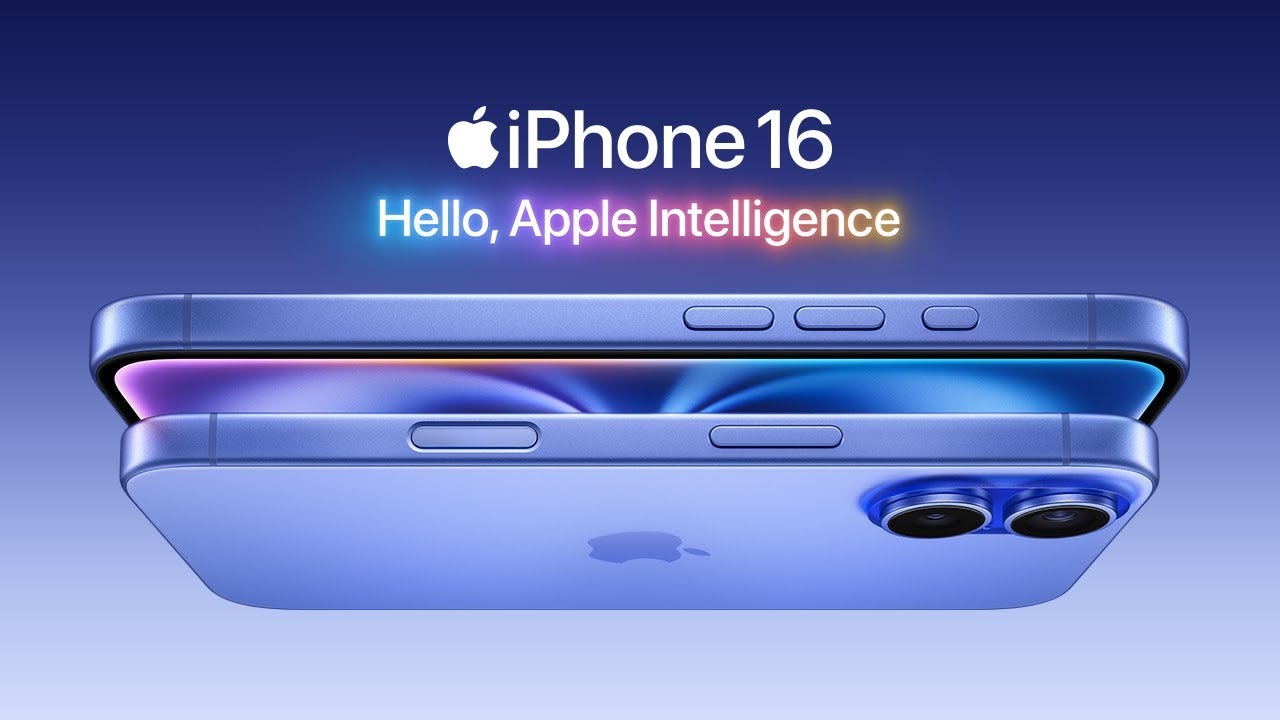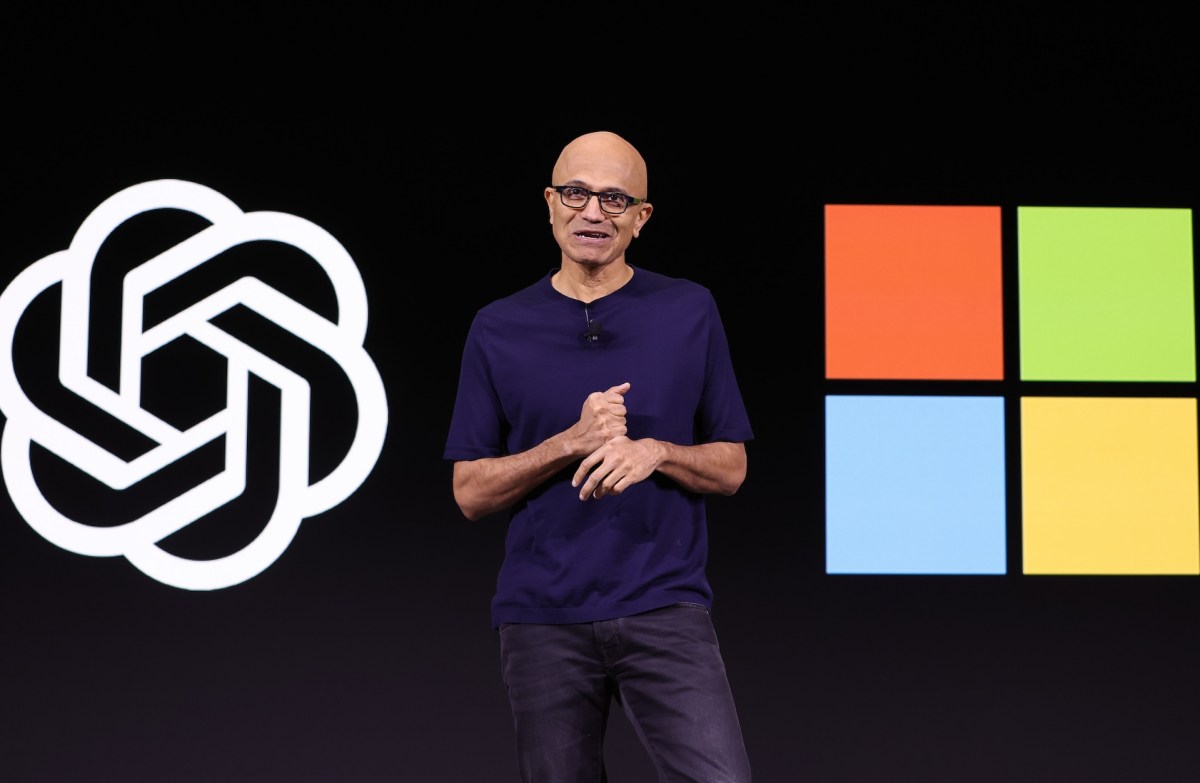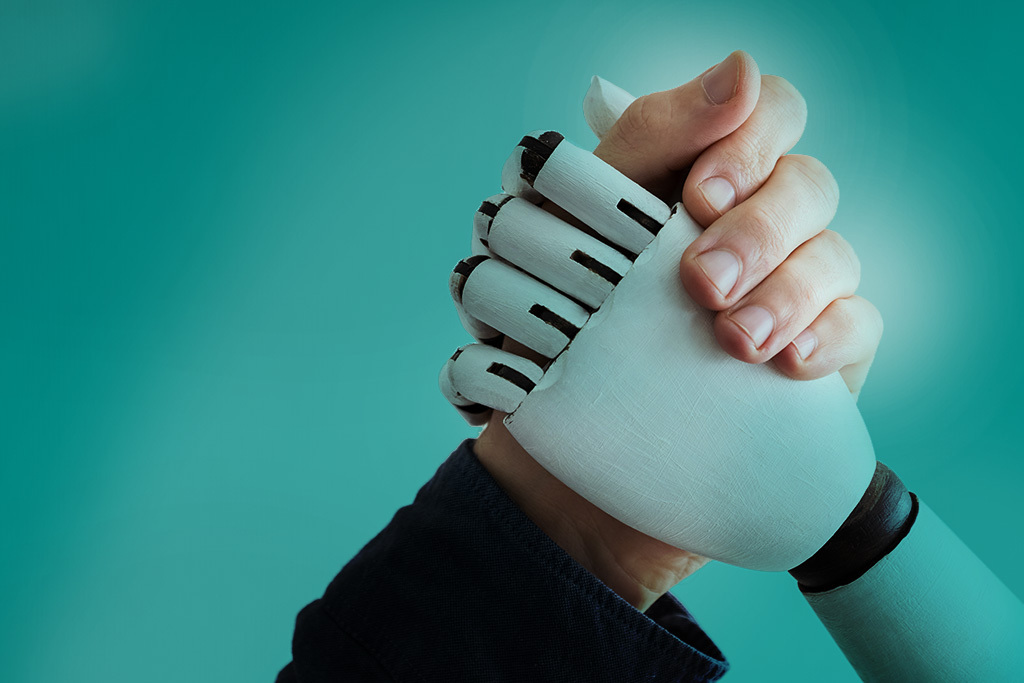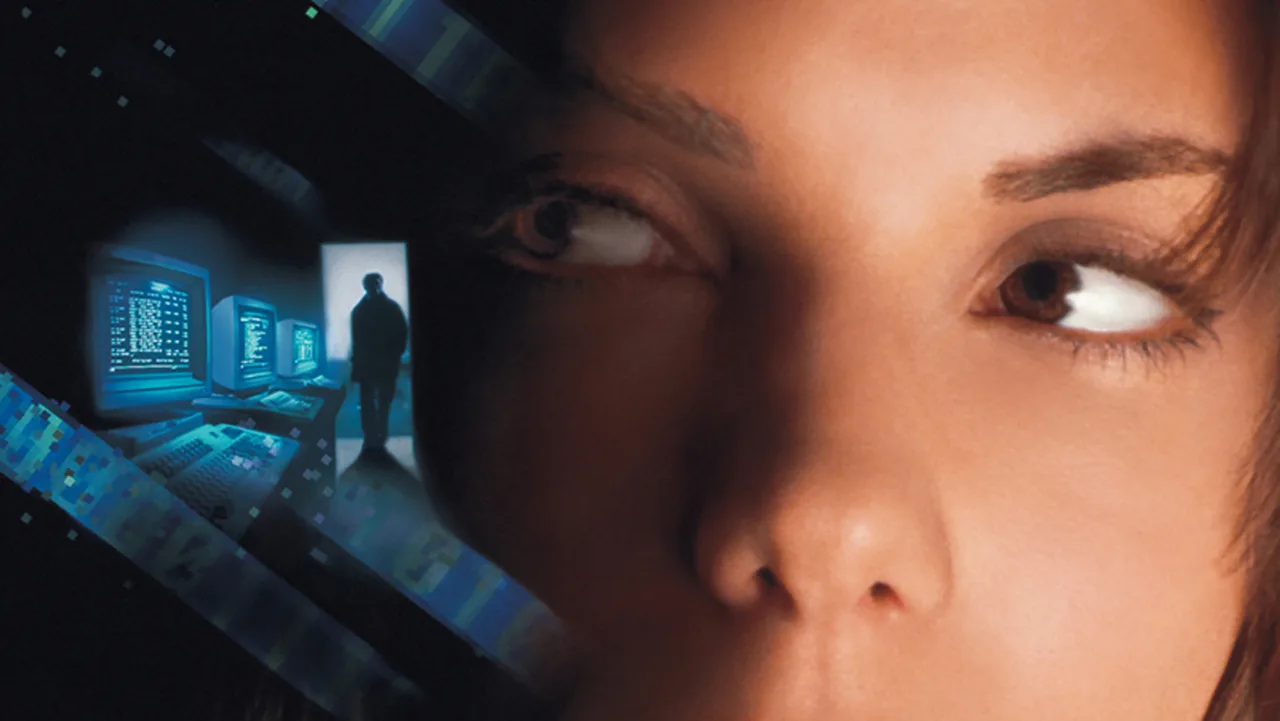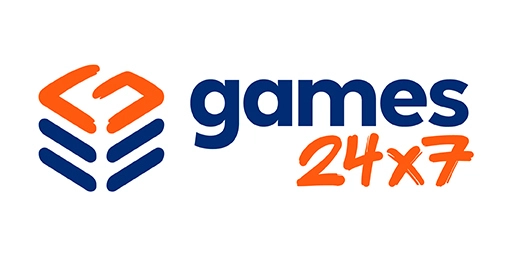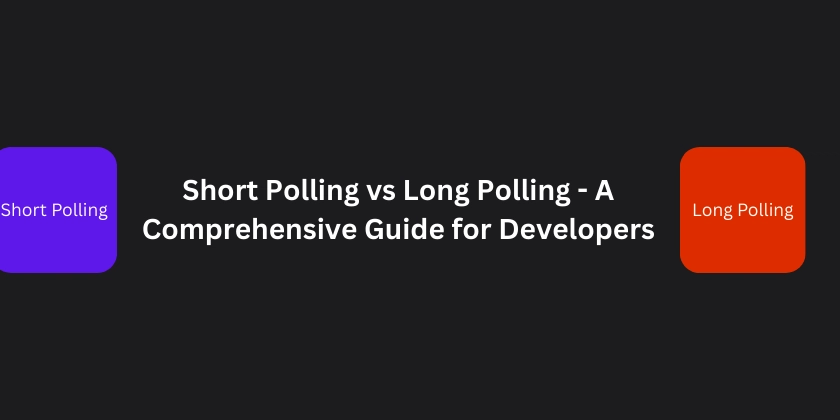Does Web3 Have a Future?
Before the metaverse, before the rise of Generative AI, there was Web3. Decentralization, transparent networks. Everyone would be equal. It was, in many ways, a desire for an egalitarian society, shrugging off the shackles of late capitalism and reinvigorating democracy in a new light. That hasn’t happened. Yet all is not lost with Web3. Can it come back to life? First, I’ll explore why Web3 hasn’t quite captured the imagination of the general public, consumers and citizens alike. Especially compared to Generative AI (GAI) and then I’ll look at what Web3 actually is; a social argument. Finally, I’ll pose some things that need to happen with Web3 to bring it to society as a whole. What Went Wrong With Web3? In the simplest of terms, Web3 just didn’t capture the imagination of culture. It didn’t kick our fear reaction in like Generative AI did (fear of job losses and stamping out creativity), nor did it seem to offer anything remarkably inspiring. In business terms, there wasn’t a value proposition for society at scale. Web3 was also seen as blockchain (which the majority of society still doesn’t understand) and then of course, with cryptocurrency. The scams and scandals of the crypto world left Web3 in its dark shadow. The public perceived Web3 as the same as crypto. That became the narrative. And no one understood what “decentralization” meant in terms of their daily lives. Technologies are artefacts of being human. They either become part of our cultures or they don’t. As I’ve said before, the ultimate arbiter of all technologies is culture. And culture is as powerful a force as a category 5 hurricane or a 20 metre tsunami. It is unstoppable. Try to fight culture and you will always lose. Like the Blackberry to the iPhone. That wee physical keyboard was great, as was the OS, but culture preferred the iPhone, then the Android versions. Web3 too, actually represents some very ancient ideas of human systems of reciprocity and exchange. More like gifts, social transparency and smart contracts. Much of today’s financial and contractual systems are opaque at best. This is counter to the ideas of Web3. In addition, Web3 isn’t so much a technology, but rather a cognitive structure for a sociocultural system. Means of trust, value and social organisation that we see in some smaller hunter-gatherer style societies today like the Maasai and the !Kung on Africa. They’re largely opposite to the way most cultures, especially Western, work today. It means cultural change. And while cultures are always changing, they do tend to fear and resist a new technology, much as they do Artificial Intelligence today. But AI is more easily understood for both the threats and opportunities it presents through tools like Generative AI. Remember, there is no singular AI, it’s not a ‘thing”, it’s a bunch of tools. So Web3 hasn’t been able to break through cultural barriers of understanding. It also doesn’t help that those deeply embedded in the world and opportunities of Web3 speak a different language than general society. Using terms like DAOs, blockchain, tokens and such, only serves to alienate people, not bring them in. Proponents of Web3 need to learn to communicate in less technical ways. Nerding out on non-nerds is not how to win friends and influence people. It does the exact opposite. So What is Web3 Really? Beyond The Technology. I somewhat addressed this in the prior bit. While it is technology that enables the concepts and ideas of Web3, at the end of the day, Web3 is not about technology. It is an argument about a new way of running sociocultural systems. It is not a new invention, it’s underlying ideas have been tried and used, to varying degrees, by human societies for thousands of years. I recently wrote how the Andean Quipu was an early form of blockchain, for example. In a way, Web3 is what structural anthropologist Claude Lévi-Strauss terms as bricolage, which in essence is bringing together a bunch of things that already exist to create a new system of technologies. Blockchain, crypto, DAOs etc. It is in a way, a form of creating new digital identities. Web3 means a transformation of existing cultural elements, from finance and banking to contracts, ways of working, trusts mechanisms and so on. It touches on so many aspects of sociocultural systems that it is hard to comprehend by any one person, let alone a whole society. It is easier to see AI as it is presented today because LLMs and other GAI tools are easy to interact with. Writing things, having arguments, creating AI agents, short videos and cool images. Easily engaged with and an instant output. Our dopamine, quick-hit brains get this. Unlike Web3. As a digital anthropologist, I also see Web3 as creating new kinship systems or communities. It enables networks of trust and through Web3 tools, provides a method of identity. Identity is as important, or more so, in digital communities as it is in the real-world. We have ways in the real world to id

Before the metaverse, before the rise of Generative AI, there was Web3. Decentralization, transparent networks. Everyone would be equal. It was, in many ways, a desire for an egalitarian society, shrugging off the shackles of late capitalism and reinvigorating democracy in a new light. That hasn’t happened. Yet all is not lost with Web3. Can it come back to life?
First, I’ll explore why Web3 hasn’t quite captured the imagination of the general public, consumers and citizens alike. Especially compared to Generative AI (GAI) and then I’ll look at what Web3 actually is; a social argument. Finally, I’ll pose some things that need to happen with Web3 to bring it to society as a whole.
What Went Wrong With Web3?
In the simplest of terms, Web3 just didn’t capture the imagination of culture. It didn’t kick our fear reaction in like Generative AI did (fear of job losses and stamping out creativity), nor did it seem to offer anything remarkably inspiring. In business terms, there wasn’t a value proposition for society at scale.
Web3 was also seen as blockchain (which the majority of society still doesn’t understand) and then of course, with cryptocurrency. The scams and scandals of the crypto world left Web3 in its dark shadow. The public perceived Web3 as the same as crypto. That became the narrative. And no one understood what “decentralization” meant in terms of their daily lives.
Technologies are artefacts of being human. They either become part of our cultures or they don’t. As I’ve said before, the ultimate arbiter of all technologies is culture. And culture is as powerful a force as a category 5 hurricane or a 20 metre tsunami. It is unstoppable. Try to fight culture and you will always lose. Like the Blackberry to the iPhone. That wee physical keyboard was great, as was the OS, but culture preferred the iPhone, then the Android versions.
Web3 too, actually represents some very ancient ideas of human systems of reciprocity and exchange. More like gifts, social transparency and smart contracts. Much of today’s financial and contractual systems are opaque at best. This is counter to the ideas of Web3.
In addition, Web3 isn’t so much a technology, but rather a cognitive structure for a sociocultural system. Means of trust, value and social organisation that we see in some smaller hunter-gatherer style societies today like the Maasai and the !Kung on Africa. They’re largely opposite to the way most cultures, especially Western, work today.
It means cultural change. And while cultures are always changing, they do tend to fear and resist a new technology, much as they do Artificial Intelligence today. But AI is more easily understood for both the threats and opportunities it presents through tools like Generative AI. Remember, there is no singular AI, it’s not a ‘thing”, it’s a bunch of tools.
So Web3 hasn’t been able to break through cultural barriers of understanding. It also doesn’t help that those deeply embedded in the world and opportunities of Web3 speak a different language than general society. Using terms like DAOs, blockchain, tokens and such, only serves to alienate people, not bring them in. Proponents of Web3 need to learn to communicate in less technical ways. Nerding out on non-nerds is not how to win friends and influence people. It does the exact opposite.
So What is Web3 Really? Beyond The Technology.
I somewhat addressed this in the prior bit. While it is technology that enables the concepts and ideas of Web3, at the end of the day, Web3 is not about technology. It is an argument about a new way of running sociocultural systems.
It is not a new invention, it’s underlying ideas have been tried and used, to varying degrees, by human societies for thousands of years. I recently wrote how the Andean Quipu was an early form of blockchain, for example.
In a way, Web3 is what structural anthropologist Claude Lévi-Strauss terms as bricolage, which in essence is bringing together a bunch of things that already exist to create a new system of technologies. Blockchain, crypto, DAOs etc. It is in a way, a form of creating new digital identities.
Web3 means a transformation of existing cultural elements, from finance and banking to contracts, ways of working, trusts mechanisms and so on. It touches on so many aspects of sociocultural systems that it is hard to comprehend by any one person, let alone a whole society. It is easier to see AI as it is presented today because LLMs and other GAI tools are easy to interact with. Writing things, having arguments, creating AI agents, short videos and cool images. Easily engaged with and an instant output. Our dopamine, quick-hit brains get this. Unlike Web3.
As a digital anthropologist, I also see Web3 as creating new kinship systems or communities. It enables networks of trust and through Web3 tools, provides a method of identity. Identity is as important, or more so, in digital communities as it is in the real-world. We have ways in the real world to identify strangers and familiars that we don’t yet have in the digital world. Web3 tools can play a key role here.
How To Make Web3 Resonate With Society?
Web3, like Artificial Intelligence, is an umbrella term for a mish-mash of different technologies. They can be used together, or apart and mixed and matched in different ways. But for most of the general public, they see AI as a singular “thing” even though it is not. For most people, blockchain is the same as cryptocurrency, even though it is not.
There is no “killer app” for Web3. For AI, the “killer app” is ChatGPT or Clause or Llama 3. Web3 needs a killer app to introduce itself to mainstream society. Without one, it will find niche uses and applications, but will struggle to catch the attention of the general public.
A large reason the metaverse failed to catch on is because the general public figured the only way to access it is through wearing clunky goggles on their heads and well, most people don’t find VR headsets that appealing.
There is too, cultural misalignment. Web3 is seen as ultra nerdy. That you have to know a lot about technologies just to use it. This is not the case, but that is the public’s perception, the narrative. Web3 companies and organisations need to figure out how to communicate with the general public in terms they understand, otherwise they’ll just ignore it and move on. Insert Sheldon Short joke here…
The Web3 world needs to figure out some systems of interoperability. With so many systems and standards, creating a killer app is harder.
A Web3 app or service needs to meet consumers where they are. Consumers will not come to Web3 apps because they don’t understand them. It needs to be as simple as creating a product or service with a simple value proposition that regular, non-tech folks understand, and not using labels like Web3 or tokens or decentralized. Consumers don’t know what decentralized means so they don’t care.
There are some amazing Web3 tools and applications out there that, quite frankly, most people should be using. They do respect privacy. They do have better security. They do offer greater transparency and contract management etc. But they’ve been presented in a way that the general public simply doesn’t understand them. Until they can be presented in clear, simple language and as simple to access, download and launch as an app on the Apple Store or Google Play, they’ll remain at the fringe of society.












































































































































































![[The AI Show Episode 146]: Rise of “AI-First” Companies, AI Job Disruption, GPT-4o Update Gets Rolled Back, How Big Consulting Firms Use AI, and Meta AI App](https://www.marketingaiinstitute.com/hubfs/ep%20146%20cover.png)














































































































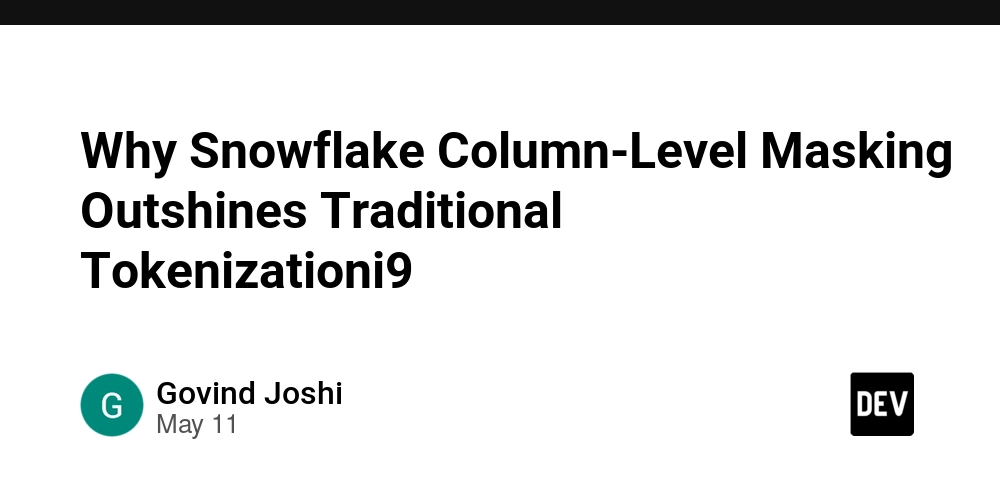












![[DEALS] Internxt Cloud Storage Lifetime Subscription: 10TB Plan (88% off) & Other Deals Up To 98% Off – Offers End Soon!](https://www.javacodegeeks.com/wp-content/uploads/2012/12/jcg-logo.jpg)


![Ditching a Microsoft Job to Enter Startup Purgatory with Lonewolf Engineer Sam Crombie [Podcast #171]](https://cdn.hashnode.com/res/hashnode/image/upload/v1746753508177/0cd57f66-fdb0-4972-b285-1443a7db39fc.png?#)













































































































































































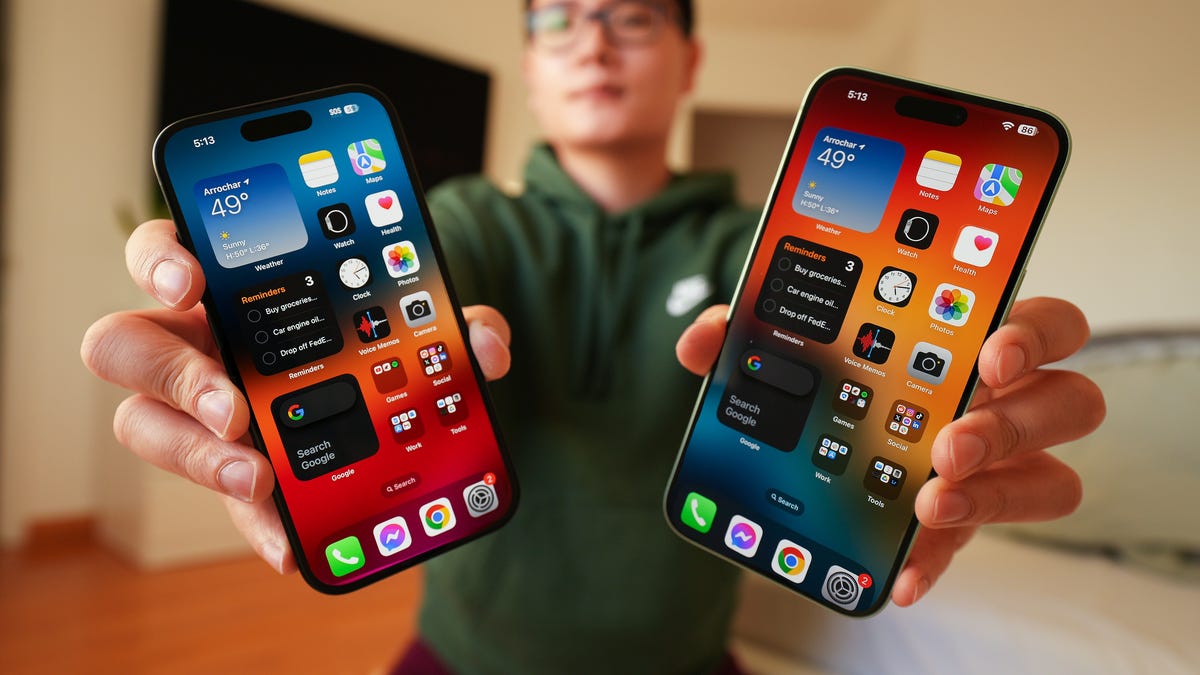



















































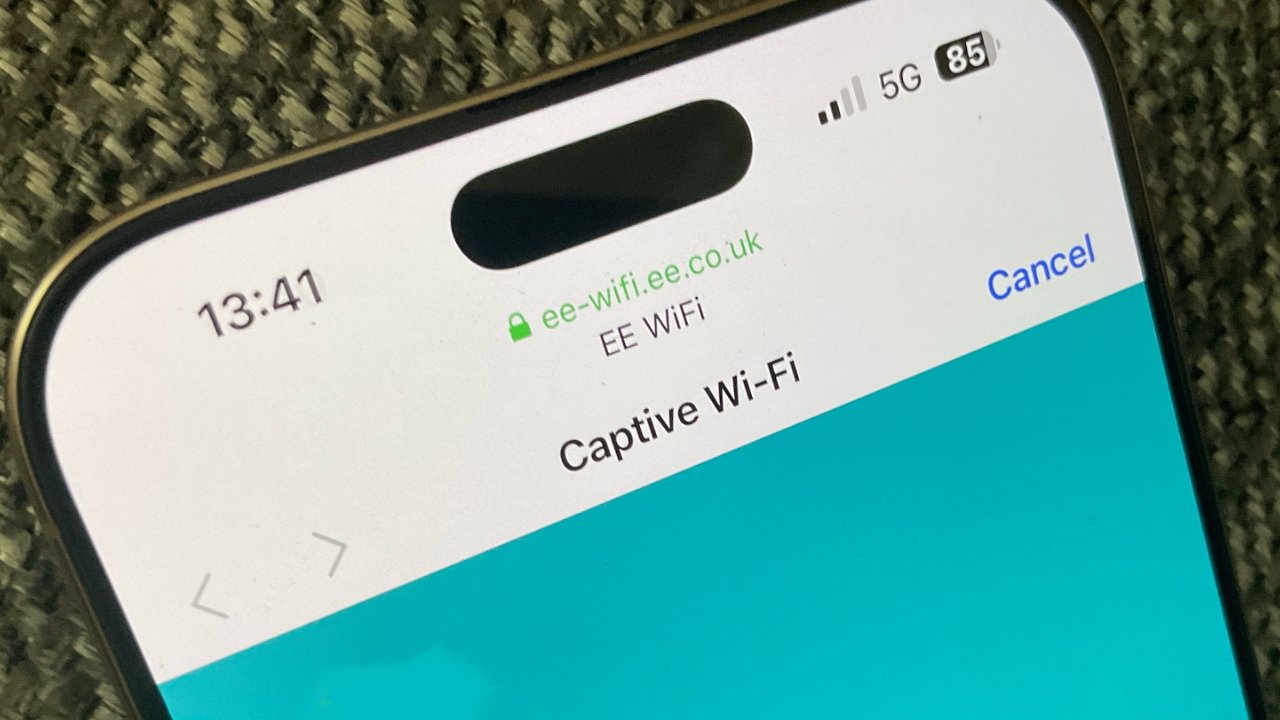
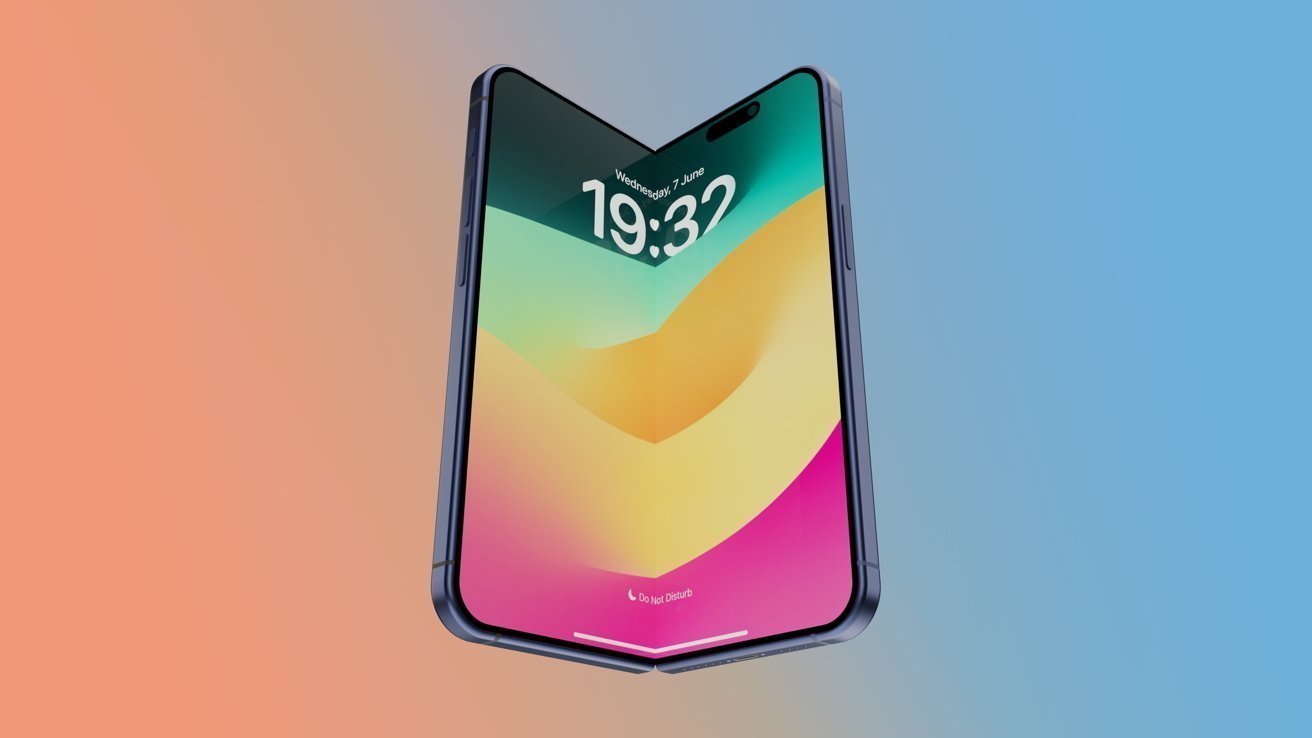











![As Galaxy Watch prepares a major change, which smartwatch design to you prefer? [Poll]](https://i0.wp.com/9to5google.com/wp-content/uploads/sites/4/2024/07/Galaxy-Watch-Ultra-and-Apple-Watch-Ultra-1.jpg?resize=1200%2C628&quality=82&strip=all&ssl=1)













![An Apple Product Renaissance Is on the Way [Gurman]](https://www.iclarified.com/images/news/97286/97286/97286-640.jpg)
![Apple to Sync Captive Wi-Fi Logins Across iPhone, iPad, and Mac [Report]](https://www.iclarified.com/images/news/97284/97284/97284-640.jpg)
![Apple M4 iMac Drops to New All-Time Low Price of $1059 [Deal]](https://www.iclarified.com/images/news/97281/97281/97281-640.jpg)
![Beats Studio Buds + On Sale for $99.95 [Lowest Price Ever]](https://www.iclarified.com/images/news/96983/96983/96983-640.jpg)






































![Apple's 11th Gen iPad Drops to New Low Price of $277.78 on Amazon [Updated]](https://images.macrumors.com/t/yQCVe42SNCzUyF04yj1XYLHG5FM=/2500x/article-new/2025/03/11th-gen-ipad-orange.jpeg)




